Habitat
Distribution:
The Rubino Rosella, being a color mutation of the Eastern Rosella (Platycercus elegans), is not found in the wild but is bred in captivity. The Eastern Rosella is native to eastern and southeastern Australia.
Environment:
In captivity, Rubino Rosellas thrive in spacious aviaries or large cages that allow them room to fly and climb. They benefit from having perches, toys, and opportunities for social interaction.
Diet
Primary Food:
In captivity, their diet should include high-quality pellets, a variety of seeds, fresh fruits, vegetables, and occasional protein sources like boiled eggs.
Feeding Behavior:
Rubino Rosellas are active foragers. They use their strong beaks to crack seeds and enjoy exploring their environment for food.
Breeding
Breeding Season:
In captivity, they can breed year-round, but their breeding activity may vary based on environmental conditions.
Nest Location:
They use nest boxes in captivity, which should be appropriately sized and lined with suitable nesting material.
Egg Quantity:
Clutches typically consist of 4 to 6 eggs.
Incubation Period:
The incubation period lasts approximately 18 to 21 days.
Fledging:
Chicks fledge around 6 to 8 weeks after hatching.
Lifespan
In Captivity:
With proper care, Rubino Rosellas can live up to 15 to 20 years.
Behavior
Temperament:
Rubino Rosellas are lively, social, and active birds. They enjoy interacting with other birds and their human caregivers.
Social Interaction:
They thrive on interaction and are affectionate with their caregivers. They enjoy handling, playing with toys, and exploring their surroundings.
Vocalization:
Rubino Rosellas are known for their chirps, whistles, and occasional squawks. Their vocalizations are pleasant but not overly loud.
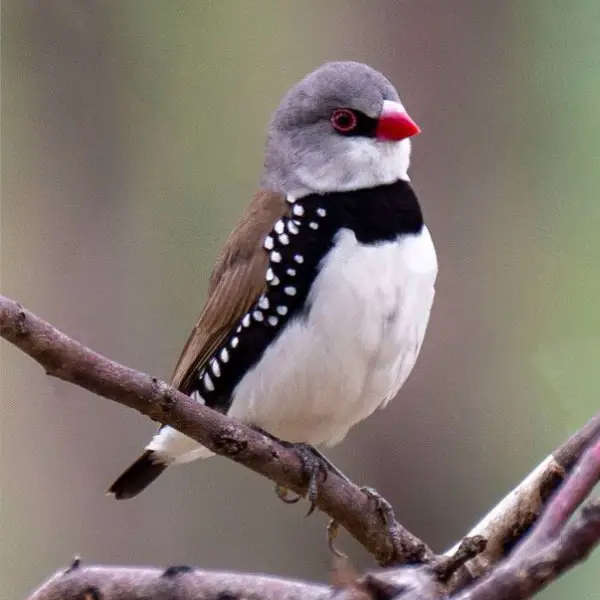 Gray Diamond Firetail Finch
1 × ₨ 20,000
Gray Diamond Firetail Finch
1 × ₨ 20,000 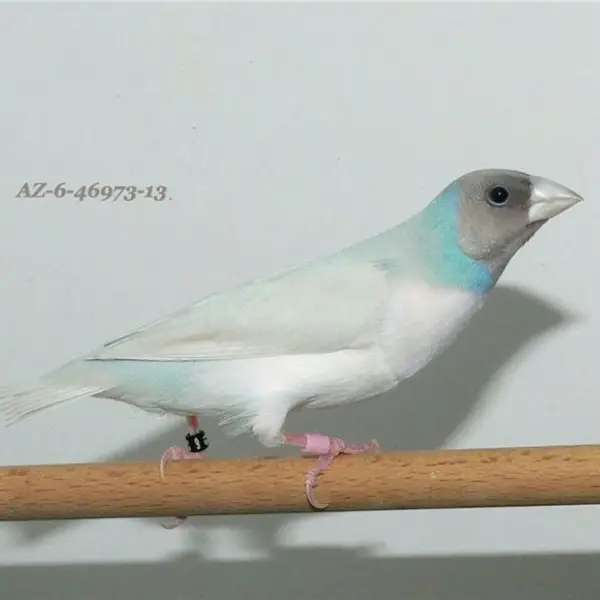 Silver Gouldian Finch
1 × ₨ 18,000
Silver Gouldian Finch
1 × ₨ 18,000 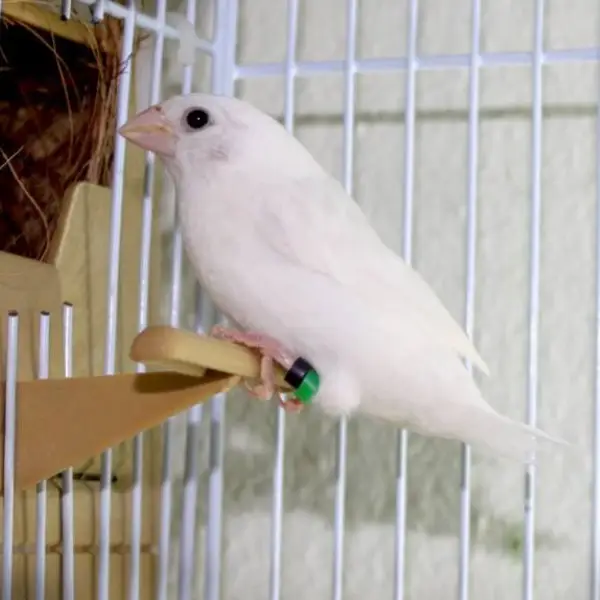 White Bengalese
1 × ₨ 1,500
White Bengalese
1 × ₨ 1,500  Red Eyes Bengalese
1 × ₨ 3,000
Red Eyes Bengalese
1 × ₨ 3,000  Crested Dove
1 × ₨ 35,000
Crested Dove
1 × ₨ 35,000 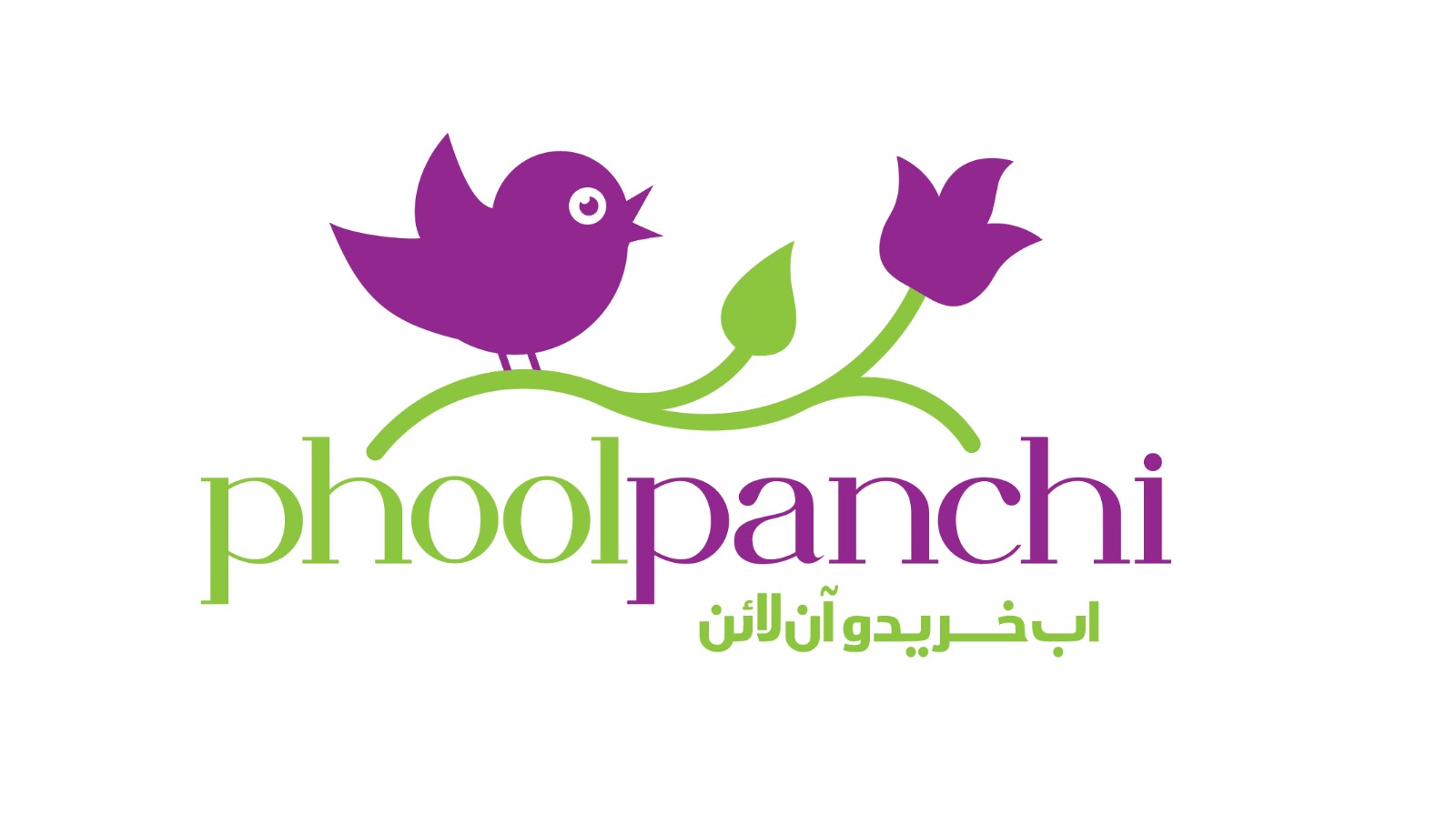
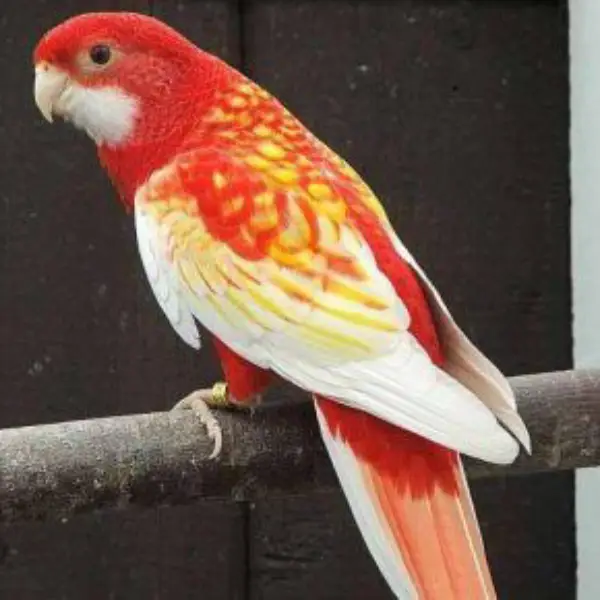

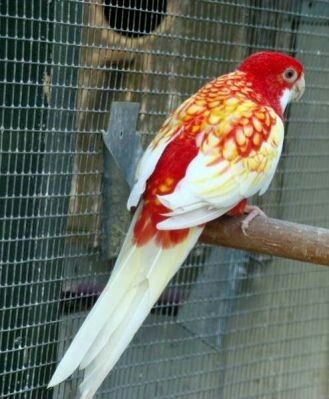
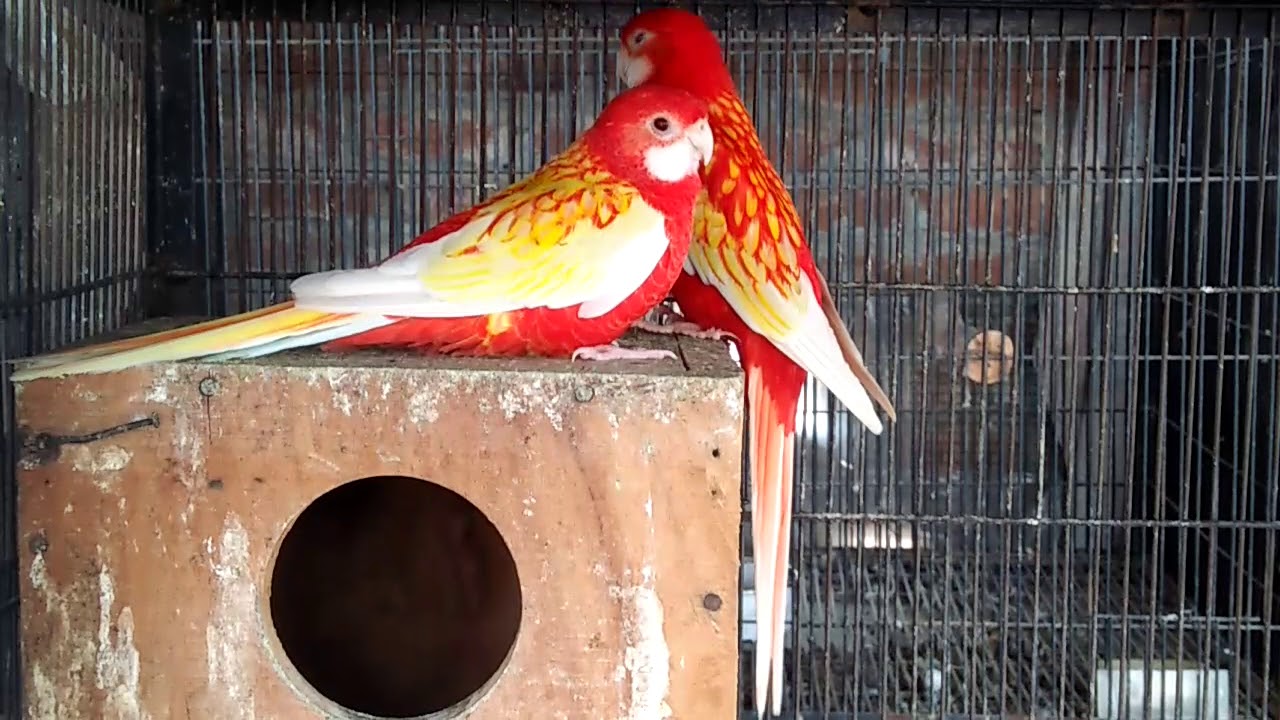
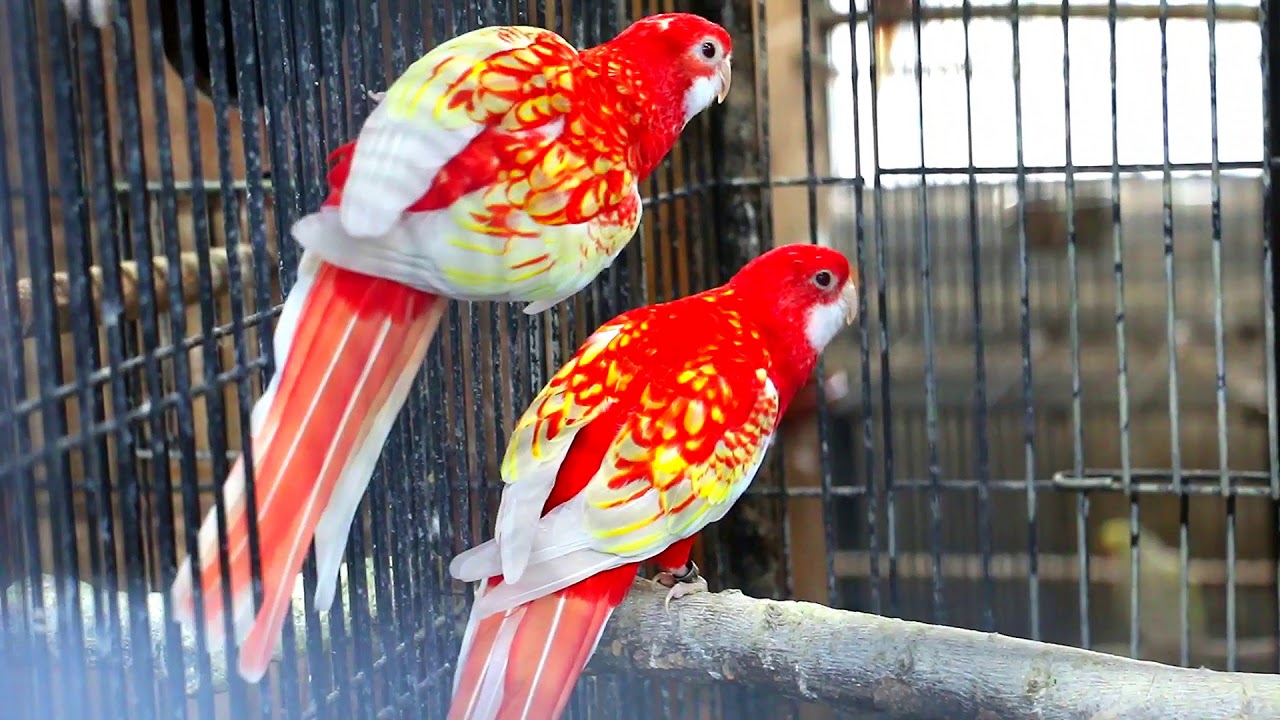
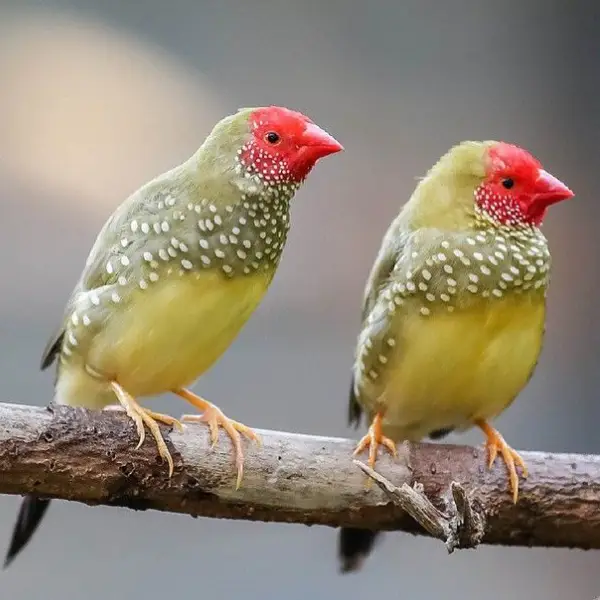

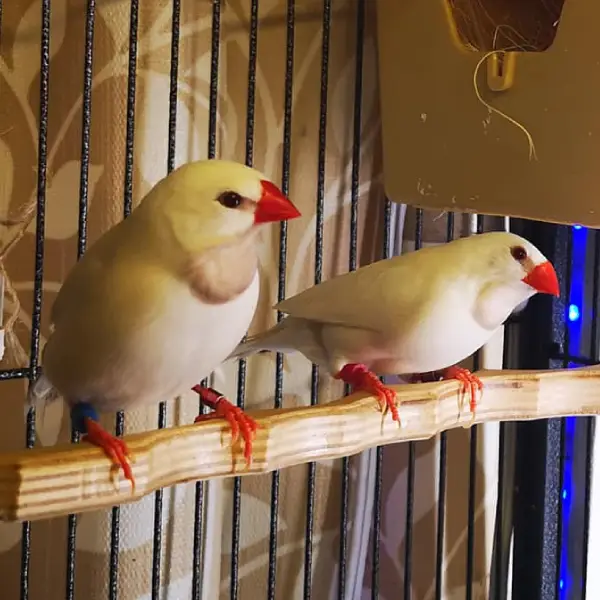
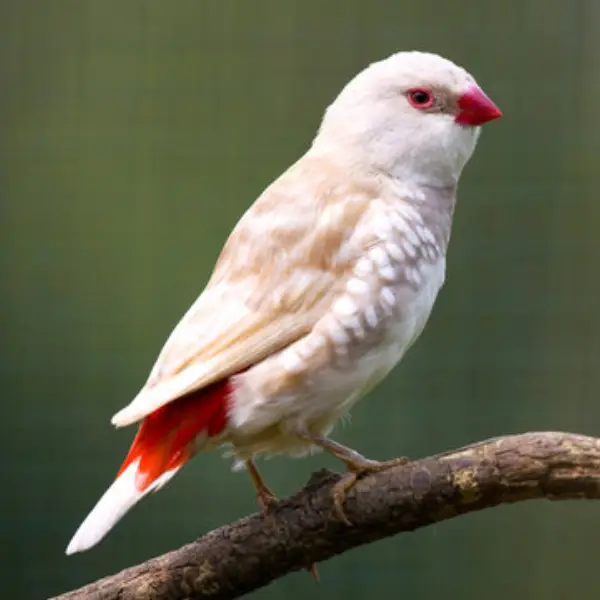
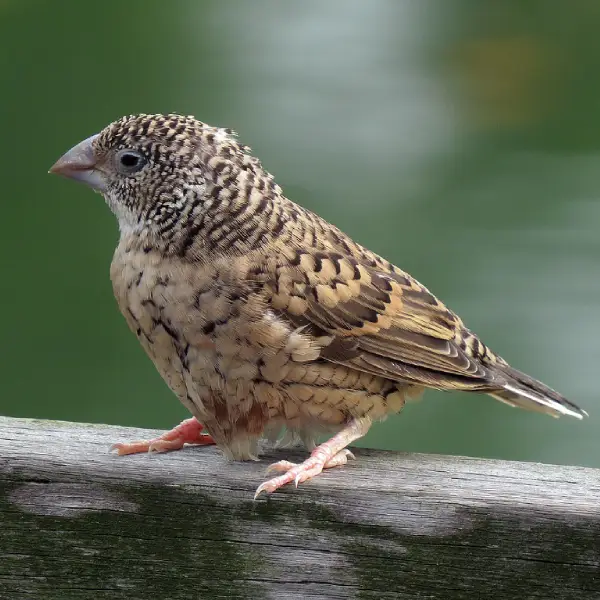

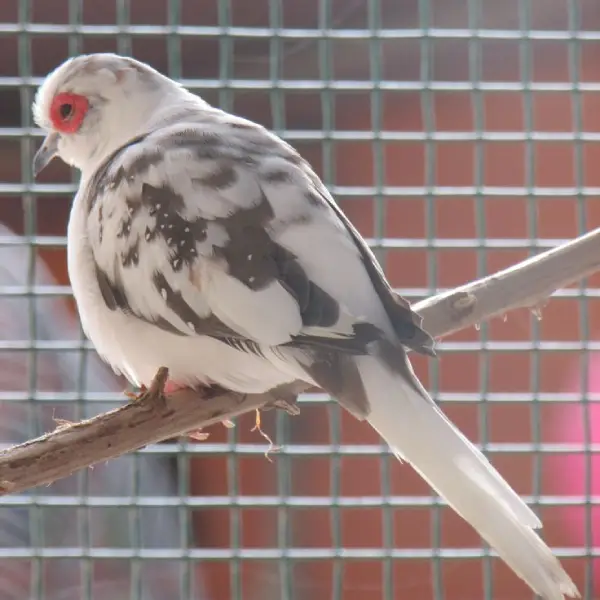
Reviews
There are no reviews yet.